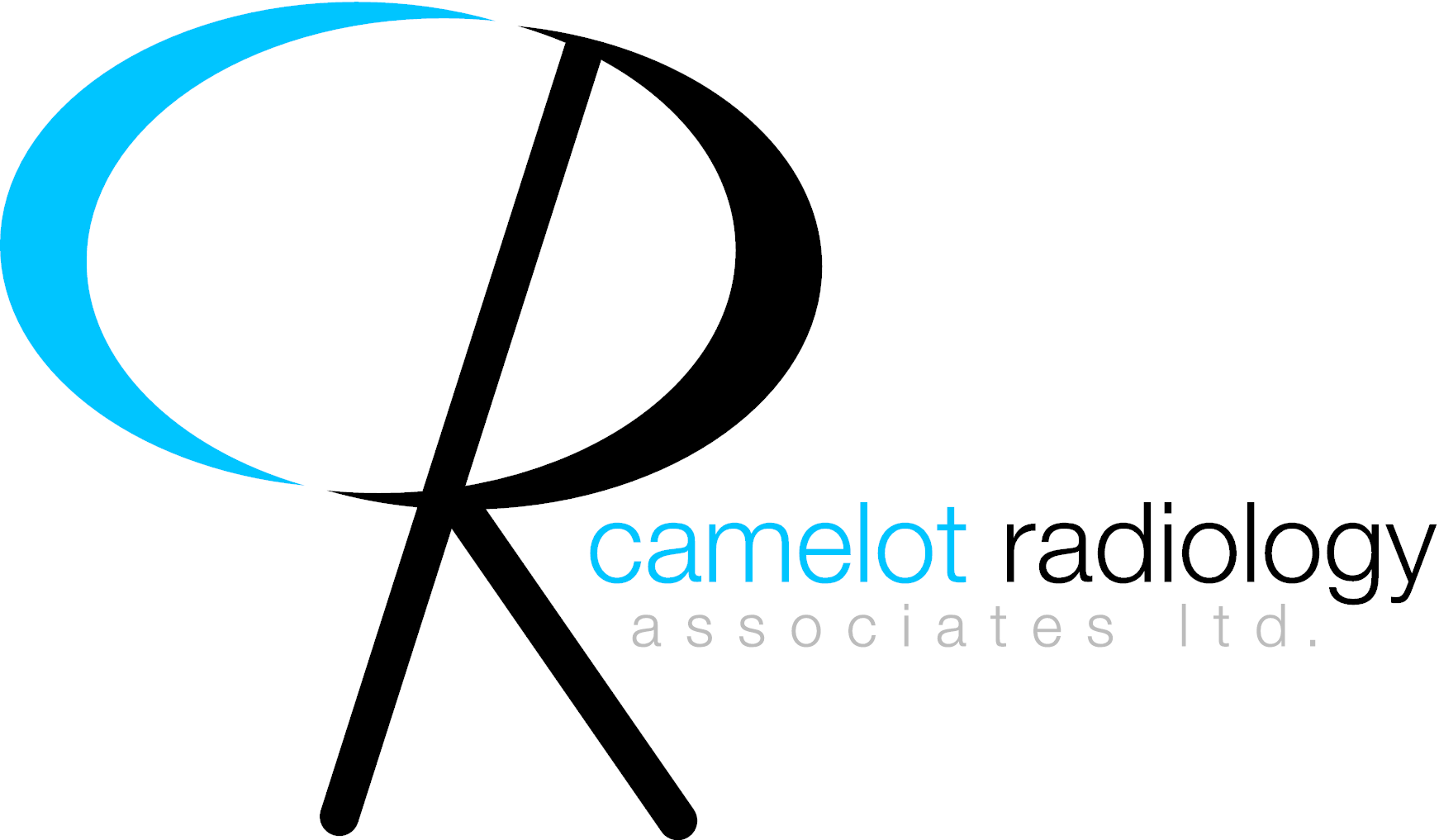Arthrogram
An arthrogram is an X-ray image or picture of the inside of a joint after a contrast material (sometimes referred to as “dye”) has been injected into the joint. An arthrogram provides a clear image of the soft tissue, such as ligaments and cartilage, so that a more accurate diagnosis of an injury or symptom (joint pain or swelling) can be made.
WHAT SHOULD I EXPECT?
You will be asked to lie down and the skin over the joint being examined will be cleaned with an antiseptic solution. A radiologist will then inject the contrast medium into the joint (shoulder, knee, wrist, ankle) using CT or ultrasound to help guide the injection needle into the correct position. After the injection is completed, images of the joint are taken using MRI or CT. As compared to a plain MRI or CT, an arthrogram can provide more detailed information about what is wrong within the joint.
HOW DO I PREPARE FOR AN ARTHROGRAM?
Typically, there is no specific preparation required. If you have had an X-ray, ultrasound, CT or MRI of the joint, it is best to bring a copy of the exam(s) on a CD to your appointment. It may be best to wear comfortable clothing with easy access to the joint that is being examined.
WHAT ARE THE BENEFITS OF AN ARTHROGRAM?
The injection of the contrast material into the joint improves the quality of the MRI or CT to more accurately show damage to the internal structure of the joint.
Some common reasons for an arthrogram include suspected tendon, cartilage or ligament tear. There are other individual situations where your physician may feel that the additional information obtained by an arthrogram could help to determine the best course of treatment.


